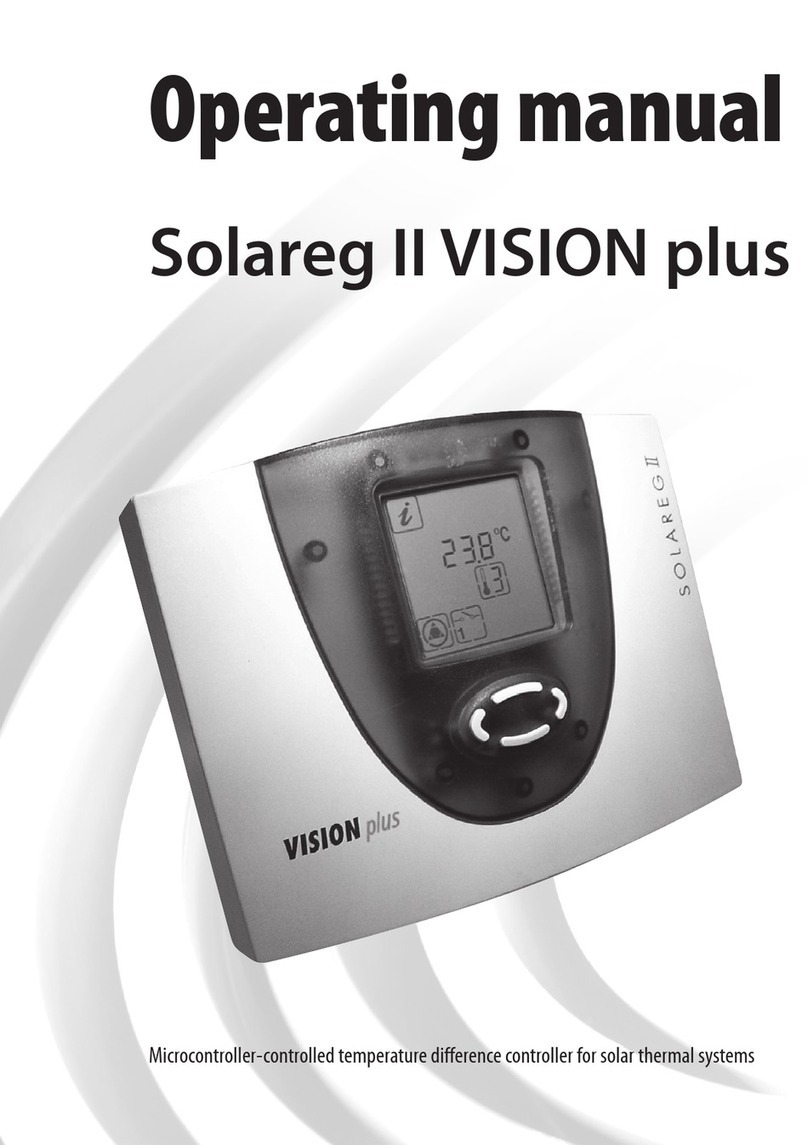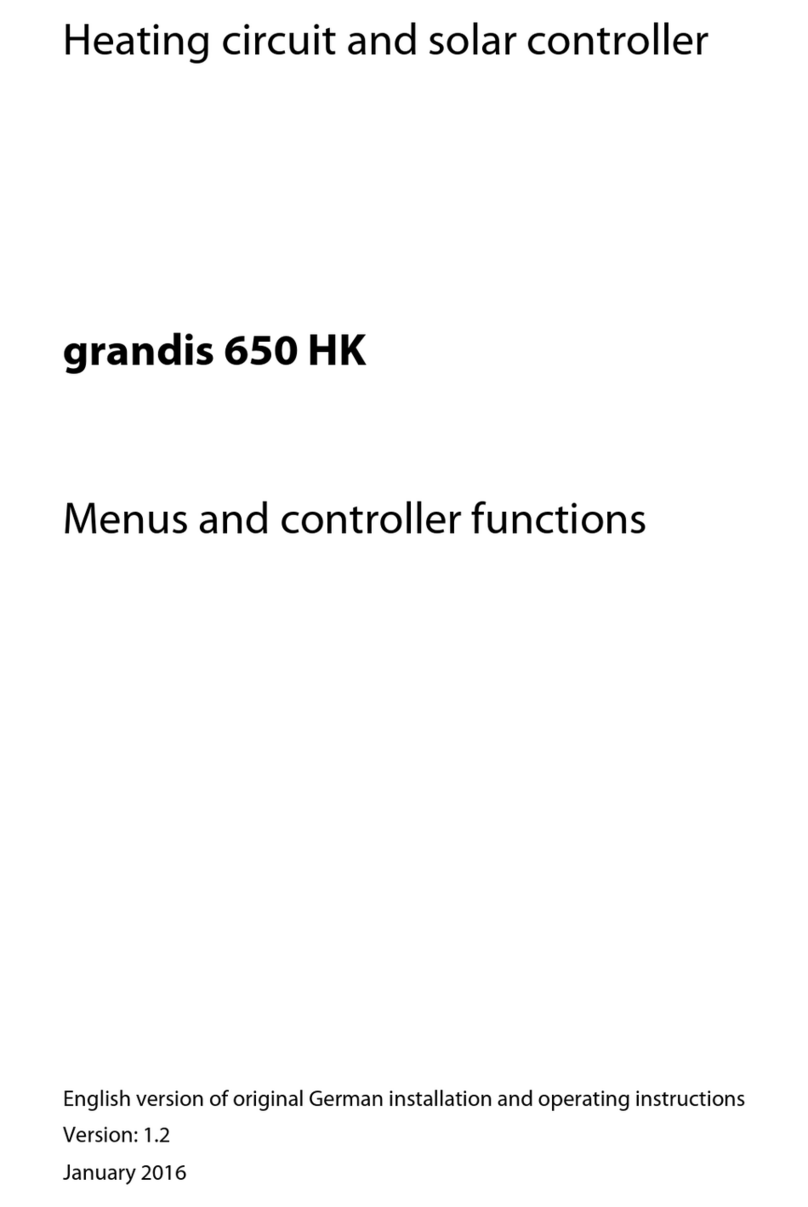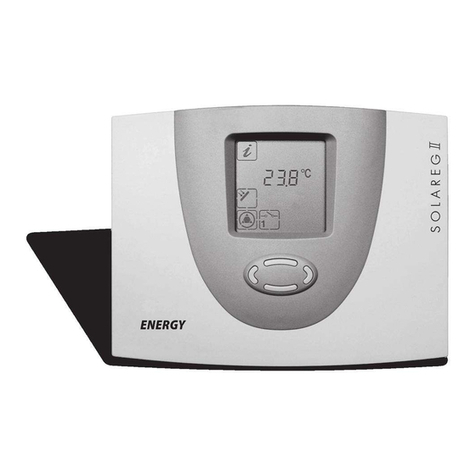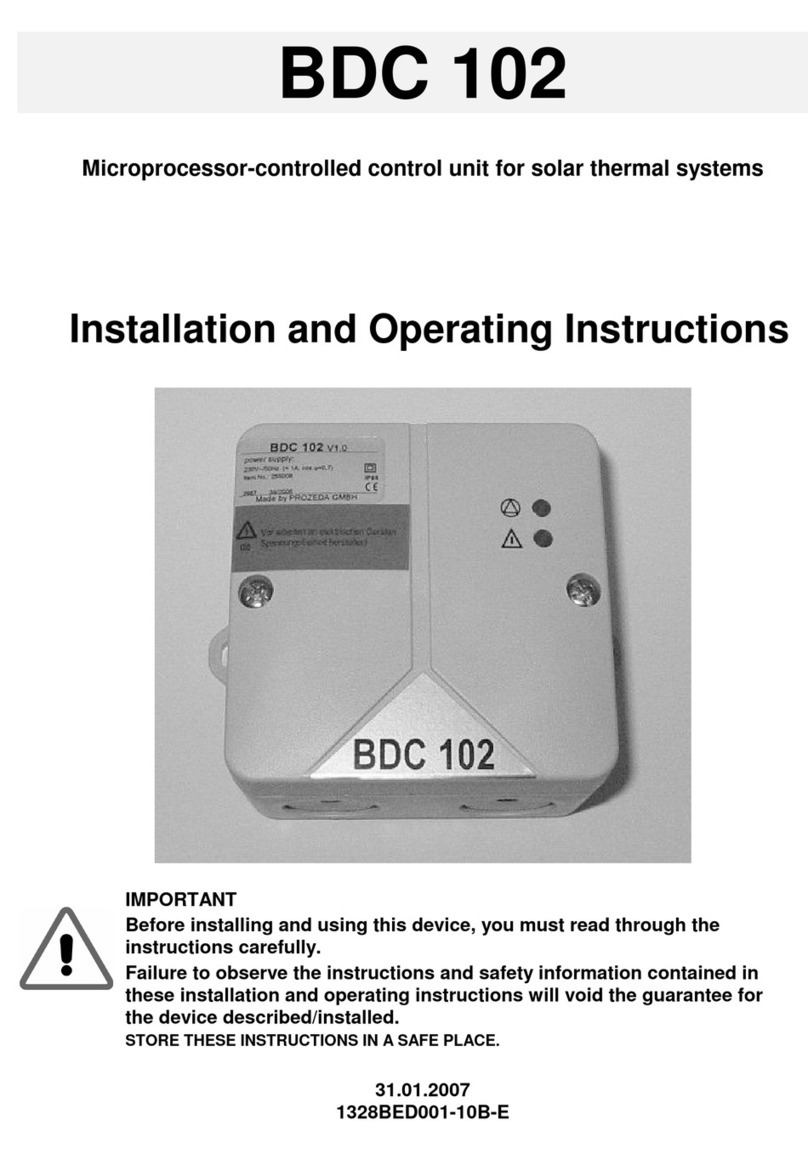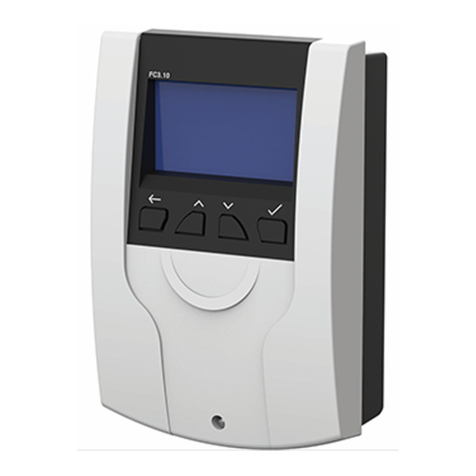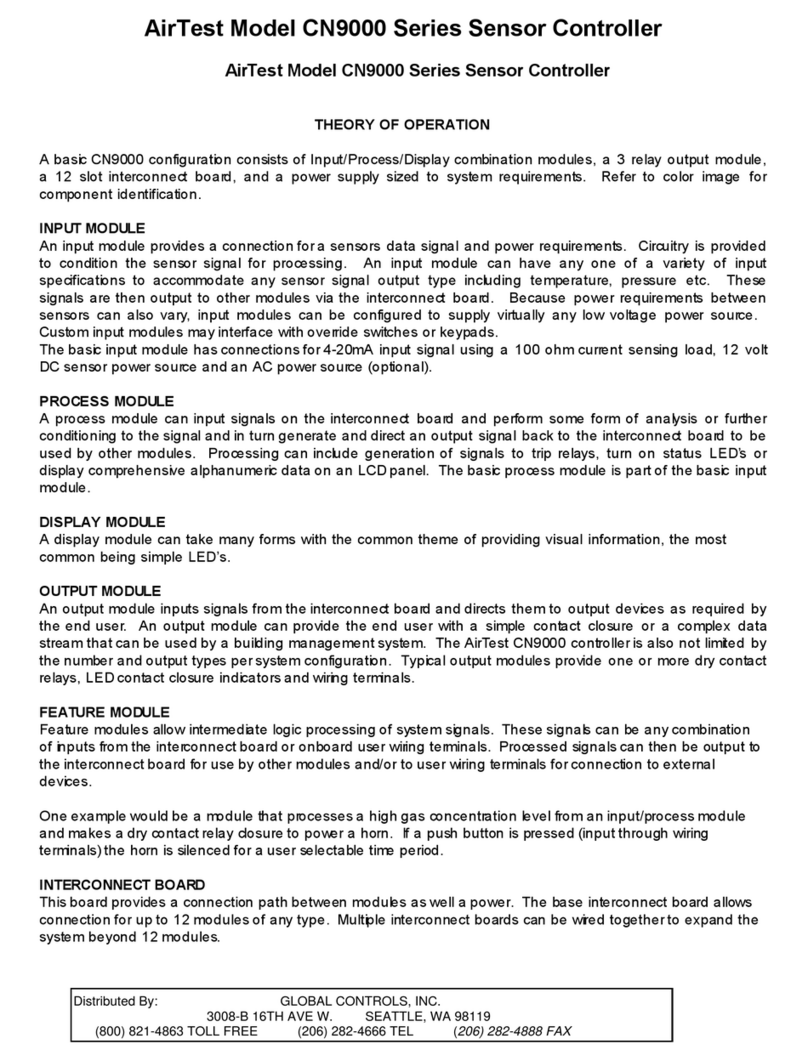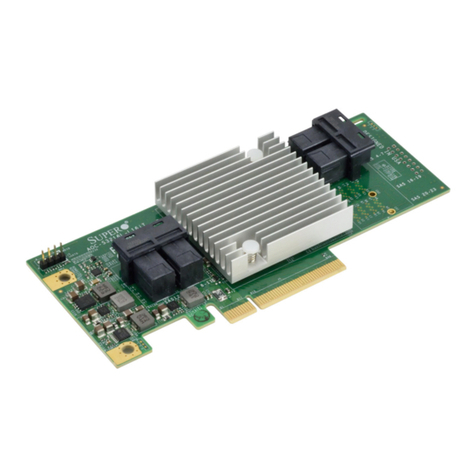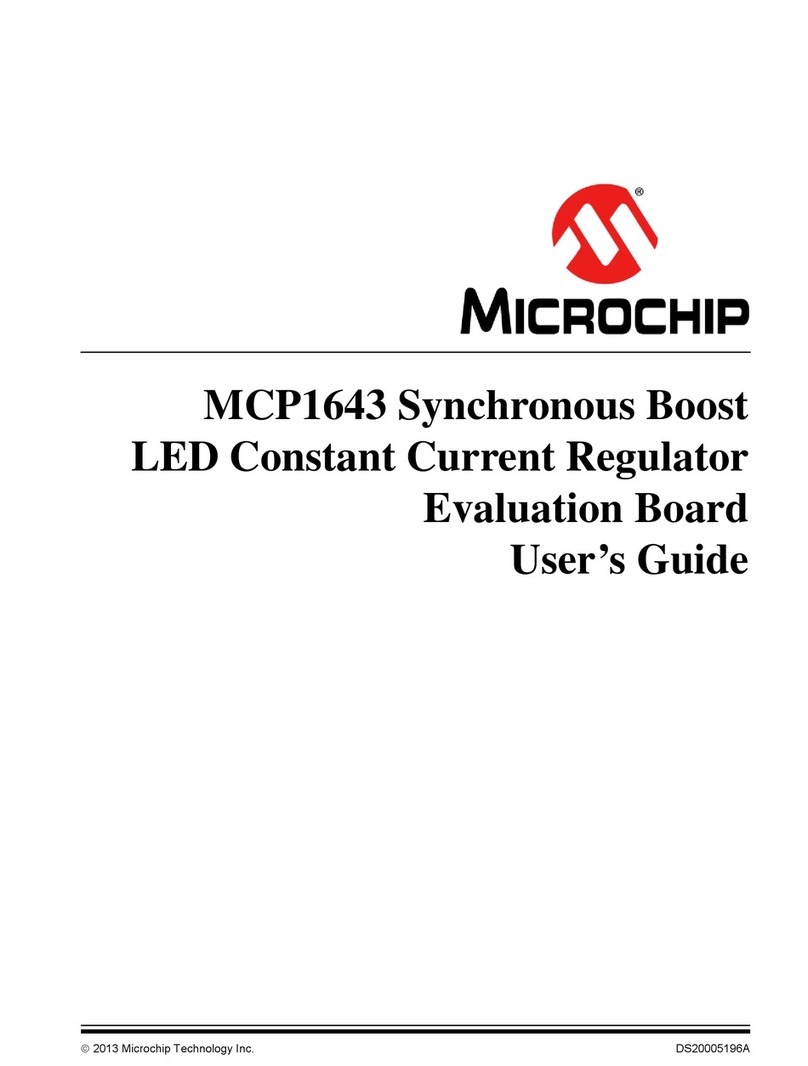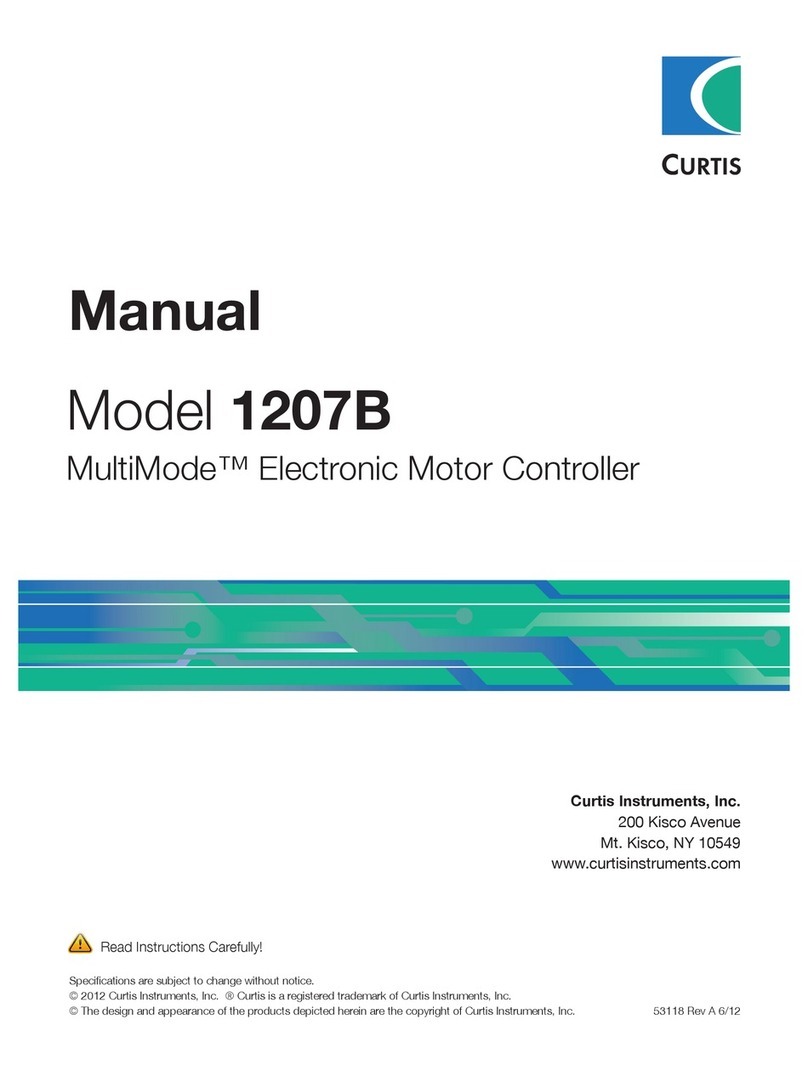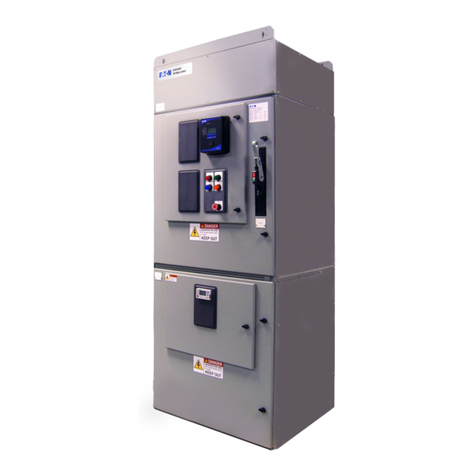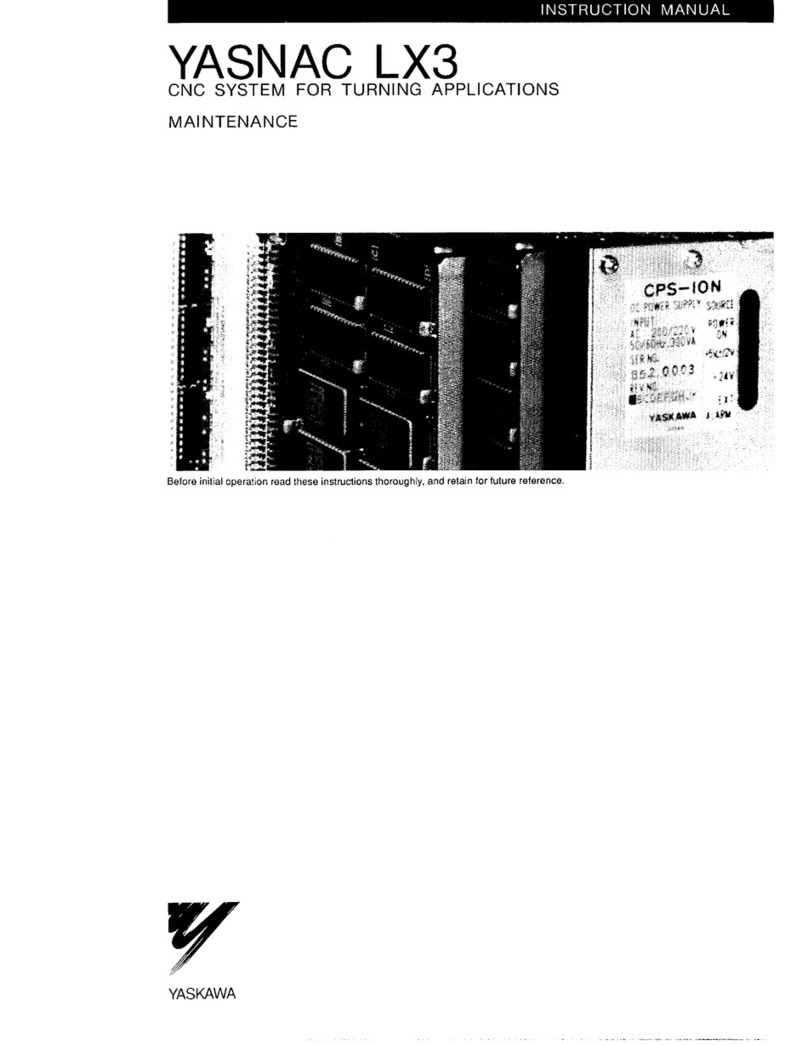Prozeda Primos 250 SR User manual

Controller unit for solar thermal systems
primos 250 SR
Installation and operating instructions
English version of original German installation and operating instructions
Version: 1.2
July 201

Terminology
In order to facilitate the use of the assembly and operating instructions, the following
terminology will be used:
•These installation and operating instructions will hereinafter be designated as
"Instructions".
•The primos 250 SR controller will hereinafter be designated as "Controller".
•The thermal solar power plant will hereinafter be designated as "Solar power plant".
•Freely definable Prozeda function modules, complete with selectable inputs and
outputs, will hereinafter be designated as "Multi-function controllers" (MFC).
•Prozeda GmbH will hereinafter be designated as the "Manufacturer".
Declaration of conformity
The product complies with the regulatory requirements and standards on CE conformity
and therefore carries the CE mark.

This manual is designed to help you use the controller properly, safely and economically.
Target group
This manual is addressed to all persons who carry out any of the following tasks:
•Installing the controller
•Connecting the controller
•Putting the controller into operation
•Setting the controller
•Maintaining the solar power system
•Eliminating faults on the controller and the solar power system
•Disposing of the controller
These persons must have the following knowledge and skills:
•Knowledge about establishing electrical connections
•Knowledge about the hydraulic operation of solar power systems
•Knowledge of the applicable regulations at the point of use and the ability to
apply them
These persons must have read and understood the contents of this manual.
Availability
This manual is part of the controller. Always keep it in an easily accessible location. Include
this manual with the controller should the controller change hands.
If this manual gets lost or becomes unusable, you can contact the manufacturer for a new
copy.

Style conventions used in the text
Specific style conventions are assigned to different elements in the manual. This makes it
easy to recognise the type of text concerned:
Standard text,
"Menu", "Menu item", "Button designations",
•
lists and
actions.
Notes accompanied by this symbol contain information about how to operate the
controller economically.
Style conventions for hazard arnings
This manual makes reference to the following categories of hazard warnings:
DANGER
Information or instructions accompanied by the word DANGER provide a
warning about a hazardous situation that will lead to fatal or serious
injuries.
WARNING
Information or instructions accompanied by the word WARNING provide a
warning about a hazardous situation that may possibly lead to fatal or
serious injuries.
CAUTION
Information or instructions accompanied by the word CAUTION provide a
warning about a situation that can lead to minor or moderate injuries.
Style conventions for arnings of damage to property or
the environment
ATTENTION
Information and instructions of this kind provide a warning about a
situation that can lead to damage to property or the environment.

Table of contents
1
Safety ........................................................................................................................ 7
1.1
Proper use .............................................................................................................................................. 7
1.2
Basic safety information .................................................................................................................... 7
2
Description of the controller ................................................................................... 9
2.1
Overview ................................................................................................................................................. 9
3
Installing the controller ......................................................................................... 10
3.1
Removing the terminal cover ........................................................................................................ 11
3.2
Fastening the controller .................................................................................................................. 12
4
Connecting the controller ..................................................................................... 13
4.1
Connecting cables to the controller ............................................................................................ 13
4.2
Connecting the controller to the power supply....................................................................... 15
4.3
Connecting temperature sensors ................................................................................................. 15
4.4
Assignment of the terminals to the system components ..................................................... 1
5
Operating the controller........................................................................................ 19
5.1
Description of the display elements ............................................................................................ 19
5.2
Using the operating buttons .......................................................................................................... 21
6
Displaying and changing the values in the menus ............................................... 22
.1
Displaying values in the "Info" menu ........................................................................................... 22
.2
Displaying and changing values in the "Program" menu ..................................................... 24
.3
Controlling switching outputs in the "Manual mode" menu ............................................... 27
.4
Displaying and changing values in the "Basic settings" menu ............................................ 27
7
Setting the control functions ................................................................................ 31
7.1
Setting the charging principle ....................................................................................................... 31
7.2
Setting the pump control system ................................................................................................. 32
7.3
Setting the "Tube collector" functions ........................................................................................ 34
8
Setting multi-function controllers (MFC) .............................................................. 35
8.1
Setting the "Cooling" function ....................................................................................................... 35
8.2
Setting the "Heating" function ...................................................................................................... 35
8.3
Setting the "Temperature difference controller" function .................................................... 3
9
Setting protective functions ................................................................................. 37
9.1
Setting the "Collector protection" function ............................................................................... 37
9.2
"Storage tank protection" function .............................................................................................. 37
9.3
"System protection" function ......................................................................................................... 37
9.4
Setting the "Recooling" function .................................................................................................. 38
9.5
Setting the "Drain-back" function ................................................................................................. 38
9.
Setting the "Anti-freeze protection" function ........................................................................... 39

10
Measuring energy output ...................................................................................... 40
10.1
Flow indicator...................................................................................................................................... 40
10.2
Setting the energy output measurements................................................................................. 41
11
Restore factory settings ......................................................................................... 41
12
Net orking the controller ith other devices ...................................................... 41
13
Faults ...................................................................................................................... 42
13.1
Faults with fault message ................................................................................................................ 42
13.2
Faults without fault message ......................................................................................................... 44
14
Technical data ........................................................................................................ 46
15
Resistance table ..................................................................................................... 47
16
Accessories ............................................................................................................. 47
17
Disposing of the controller .................................................................................... 48

Safety
7
1Safety
This chapter contains information on:
•the proper use of the controller and
•the safe use of the controller.
Read this chapter through carefully before you install, connect or operate the controller.
1.1 Proper use
The controller is used for monitoring and controlling a solar thermal system.
Appropriate use of the controller includes the following requirements:
•Use the controller exclusively in dry rooms in residential, commercial and/or industrial
environments.
•Use only sensor connection boxes supplied by the manufacturer.
•Use the RS485 interface (ProBus and ProBusX) only for networking further
devices from the manufacturer Prozeda.
The definition of proper use also encompasses observing and complying with all of the
information contained in this manual - in particular compliance with all safety information
and instructions.
Any other use, or any use exceeding the specifications, will be deemed to be improper use
and may lead to personal injury or damage to property and shall render the warranty void.
Use of the controller in the following situations in particular is considered to be improper
use:
•If you modify the controller independently and without prior authorisation
•If you operate the controller in a humid or wet environment
The manufacturer shall not be liable for damages arising from inappropriate use.
1.2 Basic safety information
This section contains basic safety information relating to working with the controller. You
will find additional safety information relating to specific actions and workflows at the
beginning of the section concerned.
Preventing risks of explosion
•Never use the unit in areas where there is a risk of explosion.

Safety
8
Preventing risks of fatal injury from electric shocks
•Make sure that all regulations applicable at the point of use are complied with.
•Always make sure that the controller is disconnected from the power supply before
carrying out any work on it.
•Make sure that the connections of the protective extra-low voltage areas do not get
mixed up with the power supply connections.
•On completion of installation work, refit the terminal cover and tighten the locking
screw using a screwdriver.
•Make sure that the electrical connection of the controller can be disconnected from the
mains externally if required.
•Make sure that all cables are secured by strain relief devices.
•Use the device only if it is in a fault-free condition.
Preventing risks of fire
•Install the controller on a non-flammable subsurface.
Preventing risks of injury from burns
•Carry out installation work on the solar power system only when it has cooled down.
•The process water can reach very high temperatures. Exercise particular care when
configuring settings on the controller.
•Take water samples after completion of the settings and check them using a suitable
thermometer.
Preventing damage to property
•A damaged controller may cause malfunctions in the system as well as damage to its
components. Use the controller only if it is in a fault-free condition.
•Install the controller with due observance of its protection class. Information about this
can be found in the chapter Technical Data from page 4 onwards.
•Make sure that no moisture gets into the controller.
•If any moisture gets into the controller, disconnect the controller from the power
supply.
•Make sure that the maximum permissible ambient temperature is not exceeded.
Information about this can be found in the chapter Technical Data from page 4
onwards.
•Make sure that all components to be connected to the switching outputs are suitable
for an operating voltage of 230 V/50 Hz.
•When in "manual mode", the system must only ever be operated for a short time and
only for test purposes.
•Install sensor lines separately from 230 V lines.

Description of the controller
9
•Use only sensor connection boxes supplied by the manufacturer.
2Description of the controller
The controller is used for monitoring and controlling a solar thermal system. The controller
allows the system to be configured in accordance with the local situation at the place of use
and with the requirements of the user. In addition, the controller can be used to carry out
system protection functions.
2.1 Overvie
microSD card interface
Display
Operating buttons
Terminal cover
Locking screw
The display (2) shows the menus for monitoring and controlling the solar power system. The
operating buttons (3) allow you to display and change the parameters.
For data exchange purposes the controller is equipped with a microSD card interface (1).

Installing the controller
10
3Installing the controller
DANGER
Risk of fatal injuries due to explosions or fire.
Never use the controller in areas where there is a risk of explosion.
Install the controller on a non-flammable subsurface.
DANGER
Risk of fatal electric shock when working on the opened controller.
Make sure that the controller is disconnected from the mains voltage
before removing the terminal cover.
Make sure that the power supply has been secured to prevent it from
being switched on again.
Check that the controller is free from voltage.
Screw the terminal cover securely back in place when work has been
completed.
ATTENTION
Risk of damage and malfunctions due to improper storage before
connection.
Store the controller at room temperature for at least four hours before
connecting it.
Select an installation location which meets the following requirements:
•The installation location must be at eye level.
•The installation location must be close to the storage tank and the solar circuit pump.
•It must have access to the power supply.
•There must be sufficient space in front of the controller to allow it to be operated.
•If you wish to lead cables and lines through the back of the controller, there must be
sufficient space for the cable gland.

Installing the controller
11
3.1 Removing the terminal cover
Undo the locking screw (1).
To remove the terminal cover (2), pull it off as shown here.

Connecting the controller
12
3.2 Fastening the controller
If you wish to lead cables and lines through the back of the controller, you need to
do this before you fasten it
.
ATTENTION
Risk of damage to the controller housing due to screws tightened too
firmly.
Tighten the screws only as firmly as necessary.
Use only suitable screws and dowels for fastening the controller.
Hang the controller on the top screw by the keyhole (1).
Fasten the controller with the screws from the inside through the bottom screw holes (2).

Connecting the controller
13
4Connecting the controller
DANGER
Risk of fatal electric shock when working on the opened controller.
Make sure that the controller is disconnected from the mains voltage
before removing the terminal cover.
Make sure that the power supply has been secured to prevent it from
being switched on again.
Check that the controller is free from voltage.
Screw the terminal cover securely back in place when work has been
completed.
DANGER
Risk of fatal electric shock due to ripped out cables.
Make sure that all cables are adequately secured in position by screw
clamps.
Make sure that there is no pull on the cables.
ATTENTION
Risk of damage to the controller and the solar power system due to the
connection of unsuitable system components.
Make sure that the operating voltage of the system components
matches that of the controller. Information about this can be found in
the chapter Technical Data from page 4 onwards.
A
TTENTION
Risk of damage and malfunctions due to improper storage before
connection.
Store the controller at room temperature for at least four hours before
connecting it.
4.1 Connecting cables to the controller
Make sure that the cables and the controller are disconnected from the voltage.
Remove the terminal cover.
Information about this can be found in the section Removing the terminal cover from page 11
onwards

Connecting the controller
14
The following illustration shows the elements of the controller that are important for
connection:
Pos.
Description
1 Terminals for extra-low voltage area
2 Fuse
3 Terminals for 230 V area
4 Terminals for protective conductor
5 Terminals for relay contact
6 Cut-out apertures for cable feedthrough at the back
7 Screw clamps for securing the cables
8 Cut-out apertures for cable feedthrough on the underside
Connect the cables to the corresponding terminals.
Information about connecting the system components to the corresponding terminals can
be found in the section Assignment of the terminals to the system components from page 15
onwards.
Screw the terminal cover securely back in place.

Connecting the controller
15
4.2 Connecting the controller to the po er supply
When making the mains connection, you must ensure that the mains supply can be
disconnected at any time. If you make a permanent mains connection, proceed as follows:
Install a switch outside the controller.
If you make the mains connection complete with cable and earthing pin plug, proceed as
follows:
Make sure that the earthing pin plug is easily accessible.
4.3 Connecting temperature sensors
A
TTENTION
Risk of damage and malfunctions on the controller due to improper
connection of the temperature sensors.
Use only sensor connection boxes supplied by the manufacturer.
Use only shielded cables for line extensions.
Connect the shield of the extension cable to a PE terminal.
Install sensor lines separately from 230 V lines.
Use cables with the following cross-sections for line extensions:
•Up to 15 m: 2 × 0.5 mm
2
•15 to 50 m: 2 × 0.75 mm
2
When connecting the temperature sensors, you do not need to observe polarity
for the two wires
.

Connecting the controller
16
4.4 Assignment of the terminals to the system
components
The connections in the following table are options that may be used in all hydraulic layouts:
Terminal
Use
S4 / S4 Temperature sensor for the collector return for the "Energy output measurement"
function
B
A
RS-485- interface (ProBusX)
Make sure that the polarity of the bus connection is not mixed up (A-A, B-B).
Use paired
twisted-conductor cables for connection
M1
HE1
Power control for high-efficiency pump (HE pump) 1.
HE1=Signal
M1=GND
230 V power supply for the pump via switching output R1.

Connecting the controller
17
Terminal assignment for hydraulic layout 110.00
Terminal
Use
R1 / N / PE Solar circuit pump, 230 V connection.
Power control for high
-
efficiency pump on HE1/M1
S1 / S1
Temperature se
nsor for collector
S2 / S2 Temperature sensor for storage tank
(S4 / S4) Temperature sensor of the collector return line for the "Energy yield
measurement" function

Connecting the controller
18
Terminal assignment for hydraulic layout 000.00
In layout 000.00 you can use all outputs as multi-function controllers. In this case you must
define at least one of the three switching outputs R1or R0 as a multi-function controller.
Terminal
Use
R1
/
N
/
PE
Multi
-
function controller on switching output
R1
R0 Multi-function controller R4 on switching output R0 (potential-free normally
open contact
)
S1 / S1
Option: "Cooling", "Heating" or "Temperature difference controller" functions
S2 / S2 Option: "Cooling", "Heating" or "Temperature difference controller" functions
S3 / S3 Option: "Cooling", "Heating" or "Temperature difference controller" functions
S4 / S4 Option: "Cooling", "Heating" or "Temperature difference controller" functions

Operating the controller
19
5Operating the controller
This chapter provides you with an overview of the controller's display elements and
operating elements. This is followed by explanations of all the basic actions.
5.1 Description of the display elements
The main menu is located in the top part of the display. It is comprised of the following
menus:
Main menu
Symbol
Description
„Info“ menu
This is for displaying measurement and output values.
„Program“ menu
This is for displaying and changing parameters.
„Manual mode“ menu
This is for switching outputs on and off for test purposes. Only specialist personnel are
permitted to make changes to the values in this menu
„Basic settings“ menu
This is for displaying and changing basic settings. Only specialist personnel are
permitted to make changes to the values in this menu.

Operating the controller
20
When you have selected a menu, the applicable menu symbol (1) will be displayed. The
bottom section of the screen displays the value (3) complete with a corresponding addition
(2) and a measurement value symbol (7). Below these, status information and messages may
be displayed (4– ), depending on the specific menu item. The following illustration shows a
display screen by way of illustration:
Pos.
Description
1 Active menu (In this case: "Info" menu)
2
Addition to the value displayed
3
Value
4 OK symbol. If you make any changes to a value, this symbol flashes.
5
Fault symbol. This symbol flashes in the event of a fault.
Pump symbol. This symbol rotates whenever the pump is switched on.
7 Measurement point symbol (In this case: Collector)
Table of contents
Other Prozeda Controllers manuals
Popular Controllers manuals by other brands
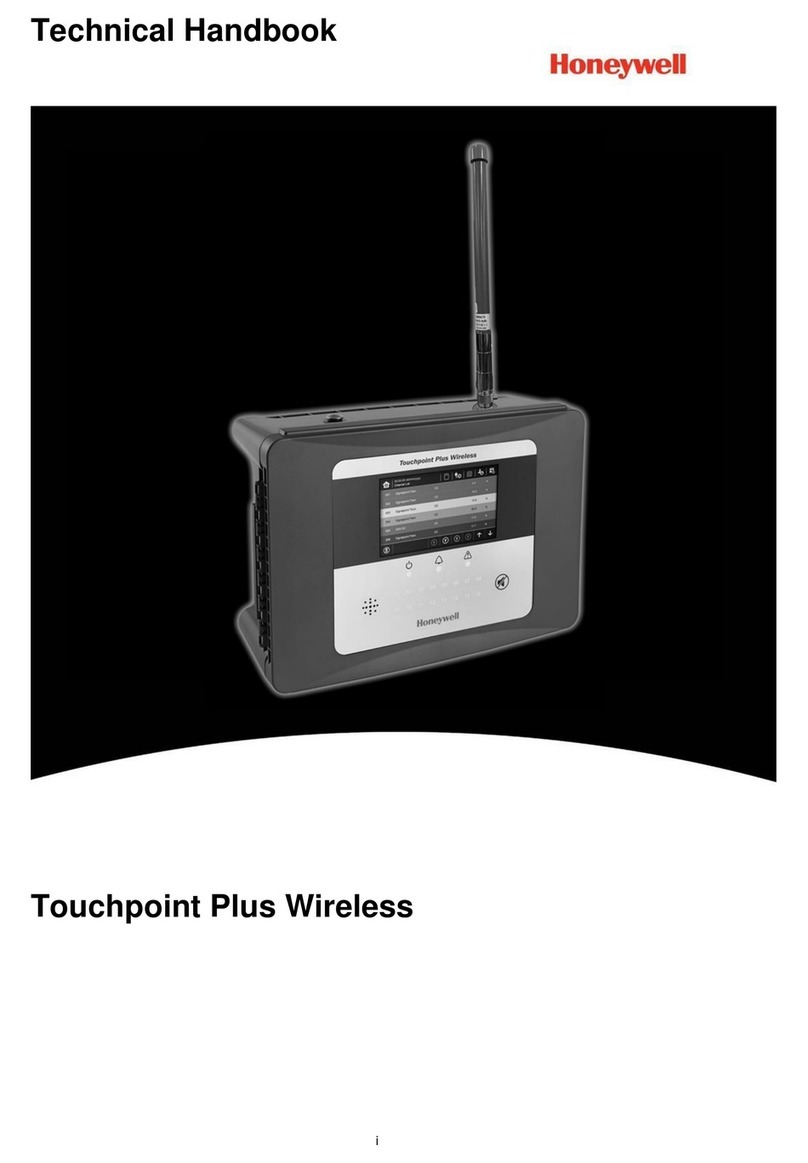
Honeywell
Honeywell Touchpoint Plus Technical handbook
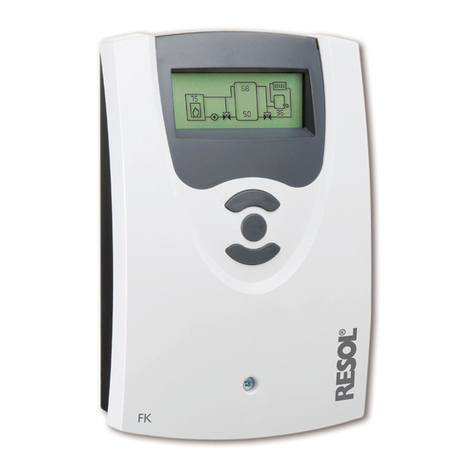
Resol
Resol DeltaTherm FK Manual for the specialised craftsman
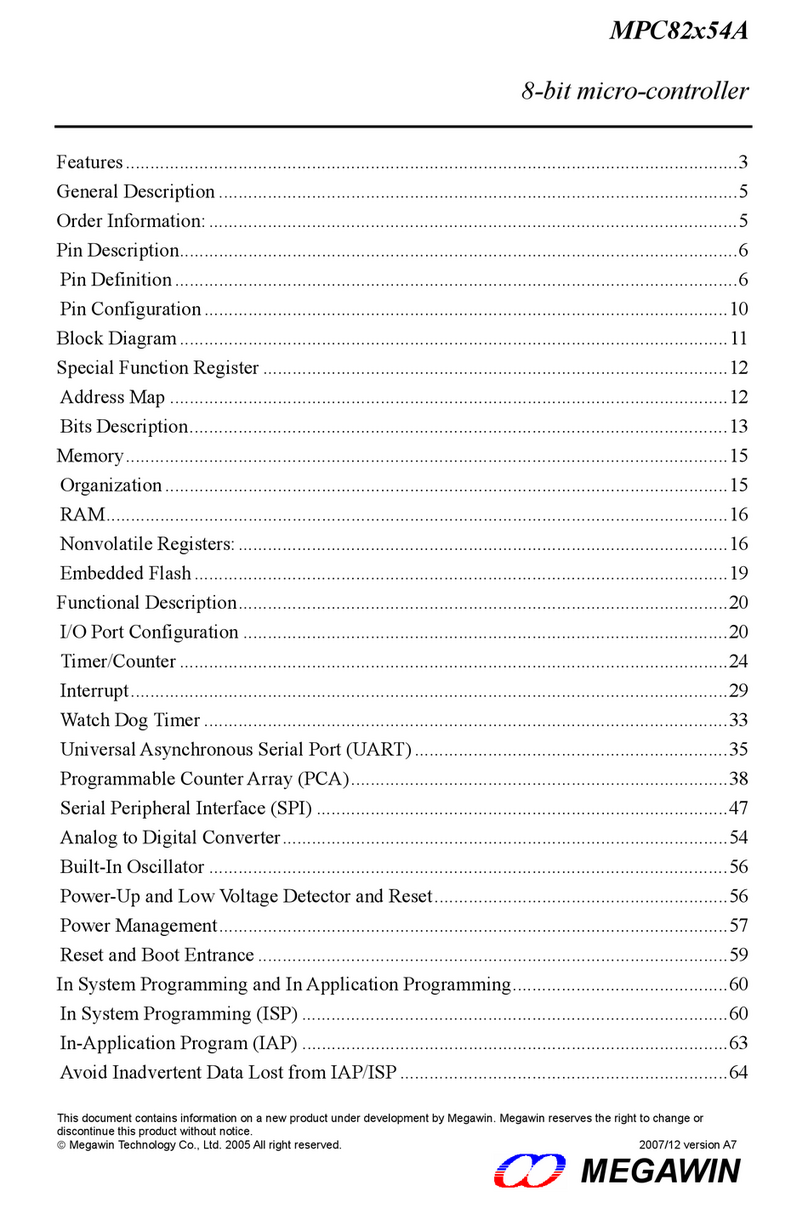
Megawin
Megawin MPC82x54A manual
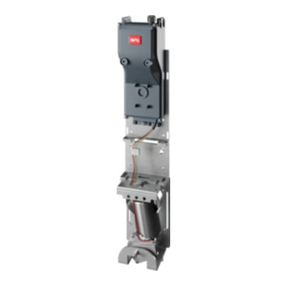
BFT
BFT HIDE SL SMART BT A300 Installation and user manual
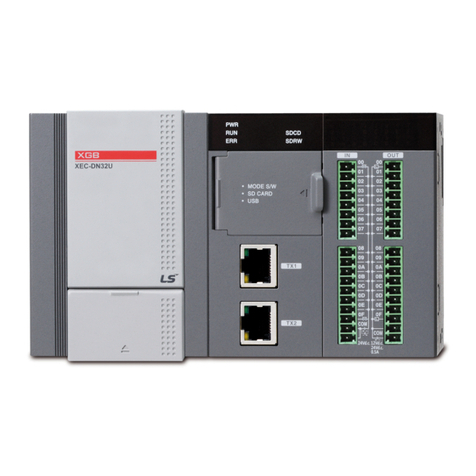
LSIS
LSIS XEC-DN32U user manual
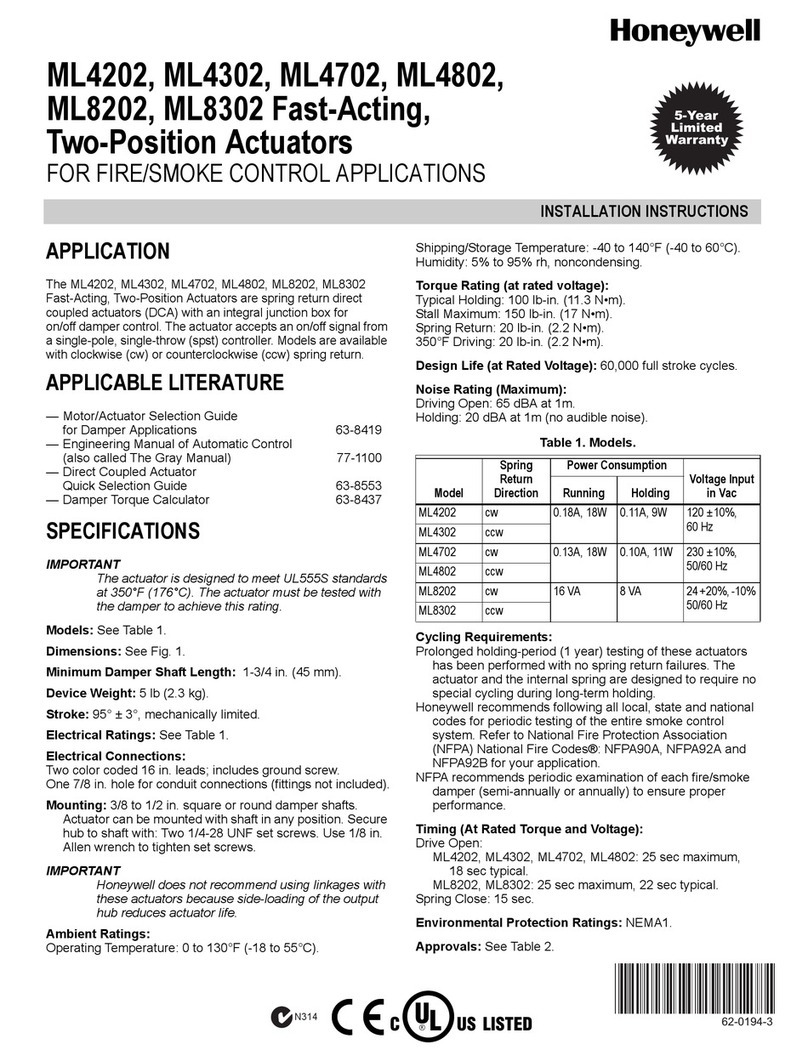
Honeywell
Honeywell FAST-ACTING, TWO-POSITION ACTUATORS ML4202 installation instructions
